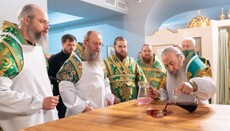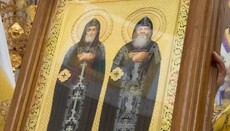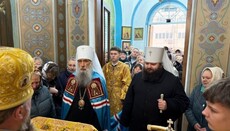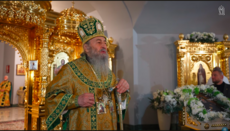UNESCO declares conversion of Kyiv-Pechersk Lavra into museum a commemorative date
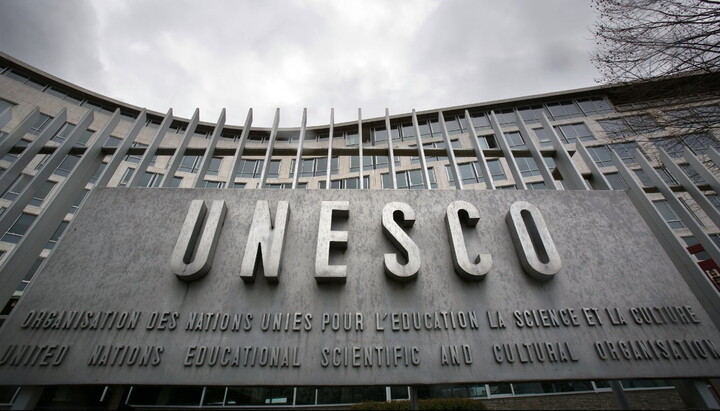
The UOC reminded that the spiritual continuity of the Lavra has been preserved over the centuries by monks and believers, not by museum structures.
On November 1, 2025, the Ministry of Foreign Affairs of Ukraine announced that UNESCO included the 100th anniversary of the creation of the National Historical and Cultural Reserve "Kyiv-Pechersk Lavra" in the Calendar of Commemorative Dates for 2026–2027. This refers to the year 1926, when one of the oldest monasteries of Orthodoxy was turned into a state museum. This was announced on the MFA's Telegram channel.
The statement from the foreign affairs department highlighted the cultural and historical significance of the Lavra, its millennial history, and its role in the development of Ukrainian spiritual tradition.
Commenting on this information, the press service of the UOC noted that the preservation of the Lavra as a living monastic and liturgical shrine over the centuries was ensured precisely by the monks and believers of the Ukrainian Orthodox Church, who continuously offered prayers in its churches and caves.
"The monastic life itself made the Lavra a spiritual center of world Orthodoxy," the statement said. "The reserve created in 1926 emerged under the conditions of Soviet secularization policy, when Orthodox monasteries throughout the USSR were turned into museums and state institutions."
The UOC emphasized that this management model persists today, including in the form of administrative restrictions for the UOC, which effectively deprive monks and believers of the opportunity to fully pray in the ancient shrine.
"Thus, despite international recognition of the historical significance of the Lavra, its spiritual life – monastic prayer, worship, and tradition of the 11th–21st centuries – is now under threat," concluded the Church's press service.
Earlier, the UOJ wrote about the Lavra's "Life-giving Spring": hundreds under the UOC, none under the OCU.


